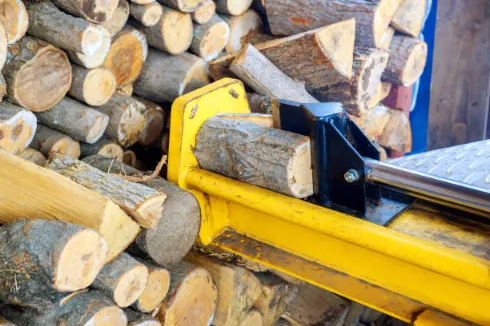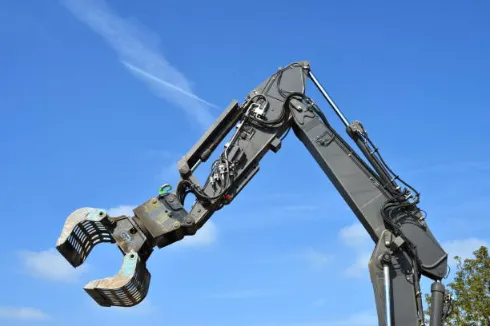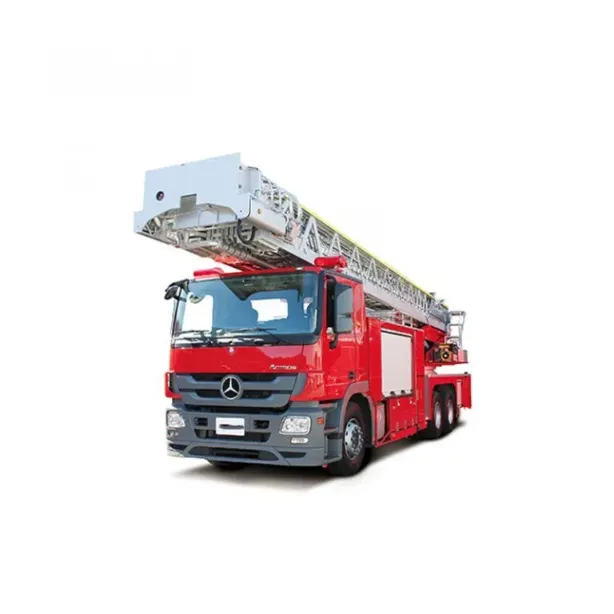 Understanding Hydraulic Cylinder Parts and Functions
Understanding Hydraulic Cylinder Parts and Functions
Key Components of a Hydraulic Cylinder
Hydraulic cylinders are super important in many machines. They turn liquid power into straight movement and force. The main hydraulic cylinder parts and functions include the cylinder barrel, piston rod, seals, end caps, and ports.
The cylinder barrel is the main body. It holds the piston and the fluid. It gives a strong frame for the piston to move. The piston rod connects to the piston inside. It sticks out to push or pull things outside. Seals stop fluid from leaking. They keep pressure tight. End caps sit at both ends. They hold parts together and help attach the cylinder to machines. Ports let fluid flow in and out. This makes the cylinder work.
The Role of Each Part in Hydraulic System Performance
Every part has a big job to keep the system working well:
Cylinder Barrel: Gives a smooth path for the piston to slide easily.
Piston Rod: Sends power from the cylinder to outside machines.
Seals: Hold pressure and keep dirt out to protect the system.
End Caps: Keep everything strong and handle high pressure.
Ports: Control fluid flow to move the cylinder just right.
These parts work as a team. They help lift heavy stuff, press things, or move machines with perfect control.
Common Issues Arising from Malfunctioning Parts
If any part breaks, it causes big problems. For example:
Bad seals let fluid leak. This lowers pressure.
A bent or rusty piston rod messes up alignment. It wears parts unevenly.
Worn end caps make the cylinder shaky.
Dirty ports block fluid flow. This slows everything down.
These issues show why checking and repairing hydraulic cylinders fast is so important.
Causes of Hydraulic Cylinder Failures
Wear and Tear of Internal Components
Using a cylinder a lot wears out parts like seals, pistons, and rods. This makes them less effective. Leaks happen. Or the cylinder gets weaker. Heavy use or tough conditions make wear happen faster.
Contamination and Its Impact on Cylinder Functionality
Dirt is a huge problem for hydraulic cylinders. Tiny bits of dust or metal can sneak in through ports. They scratch inside surfaces. They clog paths too. This hurts how the cylinder works. It also makes parts rub harder and break sooner.
Improper Maintenance Practices Leading to Failures
Not taking care of cylinders causes trouble. Skipping seal changes or not greasing parts makes wear worse. It leads to big breakdowns. Checking parts often catches problems early. This saves money.
Design Flaws and Manufacturing Defects
Sometimes, cylinders have built-in issues. Bad designs or mistakes during making can make them weak. For example:
Cheap materials can’t handle high pressure.
Wrong sizes in production cause alignment problems.
These flaws show why buying from trusted makers like Shining Hydraulic is smart.
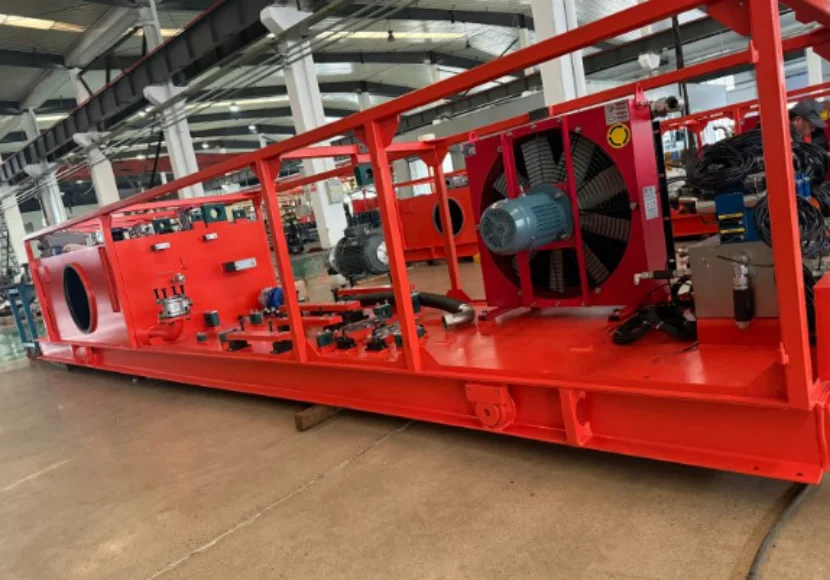
How to Identify Signs of Hydraulic Cylinder Failure
Visual Indicators of Damage or Leakage
You can spot trouble by looking closely:
Oil dripping near seals or ports means a leak.
Dents or scratches on the piston rod show damage.
Rust on metal parts means it’s not protected well.
These signs warn you early to fix things.
Performance Symptoms: Reduced Efficiency and Power Loss
A failing cylinder acts differently:
It moves slower because of low pressure.
It jerks or moves unevenly from worn parts.
It struggles to lift or hold heavy stuff.
Watching for these helps stop problems before the cylinder breaks completely.
Diagnostic Tools for Analyzing Hydraulic Systems
Cool tools help find issues fast:
Pressure gauges check pressure at different spots.
Heat cameras spot hot areas from rubbing or clogs.
Particle counters measure dirt in the fluid.
These tools make fixing cylinders easier during checks.
How to Replace a Hydraulic Cylinder Safely and Efficiently
Preparation Steps Before Replacement
Knowing how to replace a hydraulic cylinder takes careful planning. It keeps things safe and smooth. Start by knowing your cylinder type and its specs. Understand the hydraulic cylinder parts and functions, like the barrel, piston rod, seals, end caps, and ports. Check the maker’s guide for details.
Next, shut down the system fully. Release any leftover pressure. This stops accidents from fluid under pressure. Clean around the cylinder well. Dirt can mess up the system during the swap. Gather all tools you need before starting. This avoids stops in the middle.
Tools Required for Replacing a Hydraulic Cylinder
Having the right tools makes replacing easier. You’ll need:
Wrenches in different sizes to loosen bolts.
A torque wrench to tighten bolts just right.
A pry bar to move stuck parts
Safety gloves and goggles to stay safe.
Fresh hydraulic fluid that matches your system.
Fancy tools like pressure gauges or heat cameras can check the system before and after the swap.
Step-by-Step Guide to Removing the Faulty Cylinder
Release Pressure: Make sure all pressure is gone from the system before you start.
Unhook Hoses: Take off hoses from the cylinder ports carefully. Use caps or plugs to stop leaks and keep dirt out.
Remove Bolts: Loosen bolts holding the cylinder’s end caps or brackets.
Pull Out Cylinder: Slide the bad cylinder out gently. Use a pry bar if it’s stuck.
Check Parts: Look at nearby parts like seals, rods, and ports. Fix any wear or damage.
Installing the New Hydraulic Cylinder Correctly
Set It Up: Put the new cylinder in the same spot as the old one. Line it up right.
Fasten Bolts: Put back bolts and brackets. Use a torque wrench to tighten them to the maker’s specs.
Rehook Hoses: Connect hoses to the ports. Make sure they’re lined up to avoid leaks.
Add Fluid: Fill the system with fresh fluid that fits your setup.
Test It: Start the system slowly. Watch for leaks or weird actions.
Following these steps makes sure the new cylinder works great and stays safe.
Preventative Measures to Avoid Hydraulic Cylinder Failures
Importance of Regular Maintenance Checks
Checking cylinders often stops surprise breakdowns. Look at them regularly for leaks, rust, or damage on parts like rods and seals. Use tools like particle counters or pressure gauges to check inside conditions.
Regular checks help catch small problems early. This makes repairing hydraulic cylinders easier than replacing them.
Best Practices for Cleaning and Lubrication
Keeping cylinders clean helps them last. Dirt getting in through ports can scratch parts. This slows things down. Use clean cloths to wipe outside surfaces. Keep ports covered when not in use.
Greasing parts is just as important. It keeps pistons and rods moving smoothly. Use the grease the maker suggests. Don’t use too much. Extra grease can grab dirt.
Choosing High-Quality Components for Longevity
Buying top-notch parts cuts down on early breakdowns. Pick cylinders made from tough materials. They handle high pressure well. Get parts from trusted makers like Shining Hydraulic.
Cheap parts might seem like a deal at first. But they break faster. This costs more for fixes or new cylinders.
Frequently Asked Questions (FAQs)
How do I know if my hydraulic cylinder needs replacement?
Look for oil leaks around seals, weaker lifting power, slower movement, or jerky motions.
Can I repair a damaged hydraulic cylinder instead of replacing it?
Yes, repairing hydraulic cylinders works if only parts like seals or rods are bad. Ask a pro to check it.
What causes frequent seal failures in hydraulic systems?
Bad greasing, dirt in the system, or wrong seal materials for the fluid cause seal problems.
How often should I conduct maintenance checks on my hydraulic system?
Check every three months if the system works hard or runs all the time.
Why is it important to use high-quality components in my hydraulic system?
Good parts last longer. They work better under tough conditions. They save money on fixes.
Shining Hydraulic has professional technology and equipment to produce high-quality hydraulic cylinders. Please contact them immediately if needed!

